
Constanza: The Hidden Gem of the Dominican Republic
Discover Constanza: A serene mountain escape in the heart of the Dominican Republic, offering lush landscapes, unique climate, and rich cultural experiences.
Welcome to Constanza, an enchanting town nestled in the heart of the Dominican Republic's central mountains. Known as the 'Switzerland of the Caribbean,' Constanza offers a unique blend of natural beauty, moderate climate, and rich cultural heritage. This picturesque destination is perfect for those seeking tranquility and a break from the coastal heat. Explore the lush Valle Nuevo National Park, where you can hike through pine forests and discover stunning waterfalls. The park is home to a variety of flora and fauna, making it a paradise for nature lovers and bird watchers. Don't miss the Aguas Blancas waterfall, one of the highest in the Caribbean, which is an ideal spot for a refreshing dip. The town itself is charming with its colorful houses, friendly locals, and vibrant markets. Visit the Constanza Historical Museum to learn about the area's history and culture. You can also take a stroll through the local farms, where strawberries, apples, and other temperate crops are grown. The fresh produce here is a testament to Constanza's unique climate and fertile soil. Food enthusiasts will delight in the local cuisine, which features a mix of Dominican flavors and fresh, locally-sourced ingredients. Be sure to try the trout, a specialty in this region. For a sweet treat, indulge in some local strawberries or a delicious dessert made from them. Whether you are an adventurer, a nature lover, or someone looking to relax, Constanza offers an unforgettable experience. Its serene landscapes and welcoming atmosphere make it a must-visit destination in the Dominican Republic.
Local tips in Constanza
- Pack layers. The weather can be cooler in the mountains, especially in the evenings.
- Rent a car. Public transportation options are limited, and having a car will allow you to explore more freely.
- Visit during the strawberry harvest season in May and June for the freshest produce.
- Bring comfortable hiking shoes for exploring Valle Nuevo National Park and other natural attractions.
- Learn a few phrases in Spanish. While some locals may speak English, knowing basic Spanish will enhance your experience.
Constanza: The Hidden Gem of the Dominican Republic
Welcome to Constanza, an enchanting town nestled in the heart of the Dominican Republic's central mountains. Known as the 'Switzerland of the Caribbean,' Constanza offers a unique blend of natural beauty, moderate climate, and rich cultural heritage. This picturesque destination is perfect for those seeking tranquility and a break from the coastal heat. Explore the lush Valle Nuevo National Park, where you can hike through pine forests and discover stunning waterfalls. The park is home to a variety of flora and fauna, making it a paradise for nature lovers and bird watchers. Don't miss the Aguas Blancas waterfall, one of the highest in the Caribbean, which is an ideal spot for a refreshing dip. The town itself is charming with its colorful houses, friendly locals, and vibrant markets. Visit the Constanza Historical Museum to learn about the area's history and culture. You can also take a stroll through the local farms, where strawberries, apples, and other temperate crops are grown. The fresh produce here is a testament to Constanza's unique climate and fertile soil. Food enthusiasts will delight in the local cuisine, which features a mix of Dominican flavors and fresh, locally-sourced ingredients. Be sure to try the trout, a specialty in this region. For a sweet treat, indulge in some local strawberries or a delicious dessert made from them. Whether you are an adventurer, a nature lover, or someone looking to relax, Constanza offers an unforgettable experience. Its serene landscapes and welcoming atmosphere make it a must-visit destination in the Dominican Republic.
When is the best time to go to Constanza?
Iconic landmarks you can’t miss
Anacaona Park
Discover the natural beauty and cultural vibrancy of Anacaona Park in Constanza, a perfect escape for relaxation and recreation.
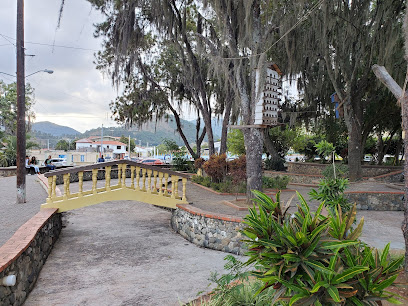
Monument Divine Child
Explore the Monument Divine Child in Constanza, a captivating blend of spirituality, culture, and breathtaking scenery in the heart of the Dominican Republic.
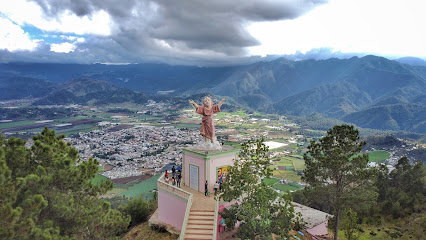
Altocerro Villas, Hotel & Camping
Experience the tranquility of Altocerro Villas, Hotel & Camping in Constanza, where nature meets comfort and adventure awaits.
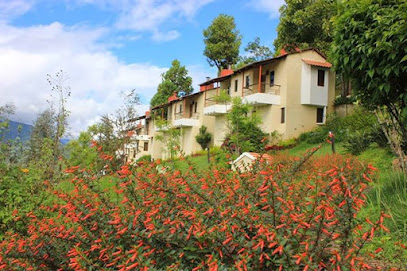
Valle Nuevo National Park
Explore the breathtaking Valle Nuevo National Park, a natural haven in the Dominican Republic, perfect for hiking, wildlife watching, and enjoying stunning landscapes.
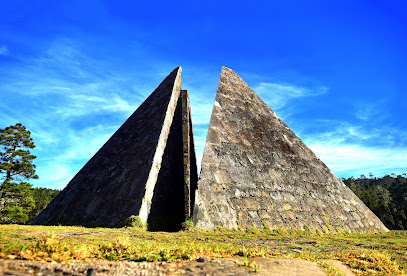
Salto de Aguas Blancas
Experience the breathtaking beauty of Salto de Aguas Blancas, the Dominican Republic's stunning waterfall, surrounded by lush landscapes and tranquility.
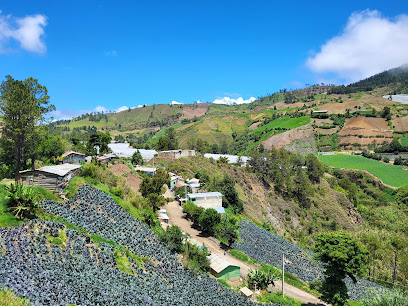
Pyramids of Valle Nuevo
Discover the breathtaking natural beauty and stunning geological formations at the Pyramids of Valle Nuevo in the Dominican Republic.
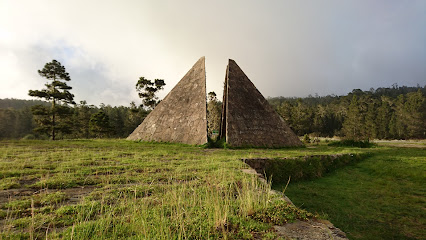
Alto de la Virgen de La Altagracia, Casabito
Discover the serene beauty and spiritual significance of Alto de la Virgen de La Altagracia in Casabito, a must-visit destination in the Dominican Republic.

Salto Jimenoa Two
Experience the stunning beauty of Salto Jimenoa Two, a breathtaking waterfall in Jarabacoa, Dominican Republic, perfect for nature lovers and adventure seekers.
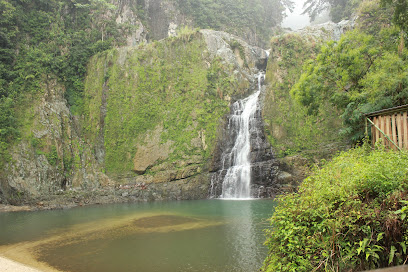
Hotel Rancho Constanza
Discover the serene beauty of Hotel Rancho Constanza, nestled in the lush mountains of the Dominican Republic, perfect for nature lovers and adventurers.
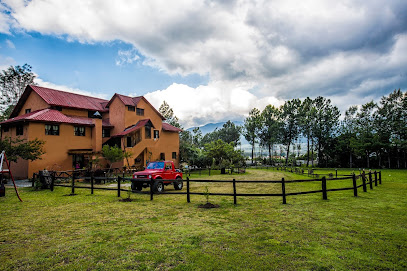
Mirador Constanza
Discover breathtaking views and serene landscapes at Mirador Constanza, a stunning observation deck in the heart of the Dominican Republic.
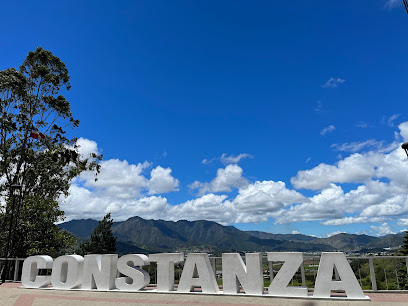
Fresas Ariyama
Experience the joy of strawberry picking and local produce at Fresas Ariyama, a serene farm retreat in Col Húngara, Dominican Republic.
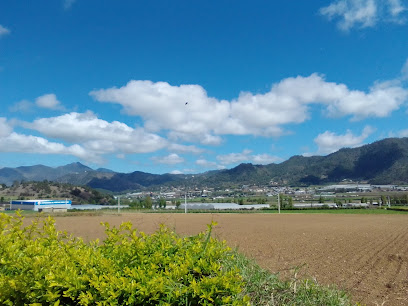
Divino Niño Constanza
Discover the spiritual beauty and architectural charm of Divino Niño Constanza, a serene Catholic church in the heart of the Dominican Republic.
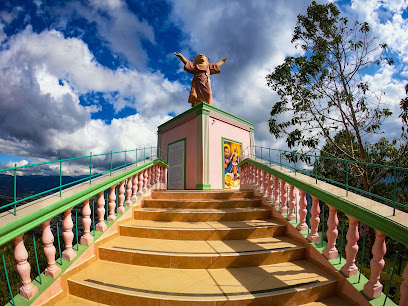
House La Fuente
House La Fuente: A charming hotel in Constanza offering authentic Dominican cuisine and a vibrant cultural experience amidst stunning landscapes.
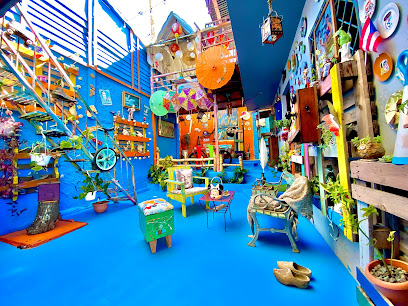
Ebano Verde Scientific Reserve
Explore the lush landscapes and rich biodiversity of Ebano Verde Scientific Reserve, a must-visit national park in the Dominican Republic.
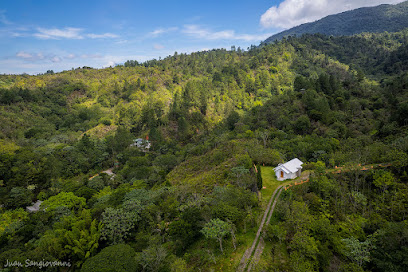
Duarte Park
Explore the natural beauty and serene landscapes of Duarte Park, a hidden gem in Constanza perfect for outdoor adventures and relaxation.

Unmissable attractions to see
Anacaona Park
Experience tranquility in Anacaona Park, a stunning green oasis in Constanza, where nature and relaxation meet in the heart of the Dominican Republic.
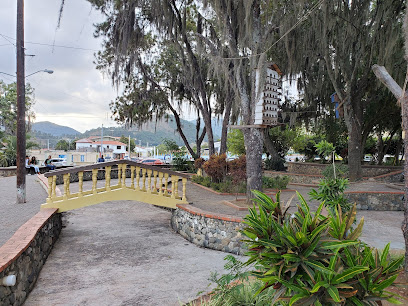
Monument Divine Child
Discover the Monument Divine Child in Constanza, a breathtaking tribute to faith and culture surrounded by stunning Dominican landscapes.
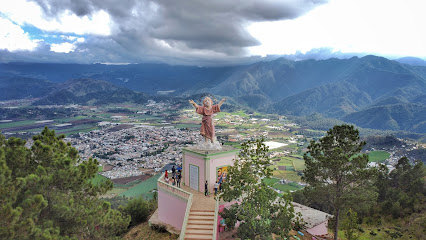
Valle Nuevo National Park
Explore the breathtaking Valle Nuevo National Park, a paradise of lush landscapes and rich biodiversity in the heart of the Dominican Republic.

Duarte Park
Discover Duarte Park in Constanza: A tranquil state park brimming with natural beauty, perfect for relaxation, family outings, and outdoor adventures.
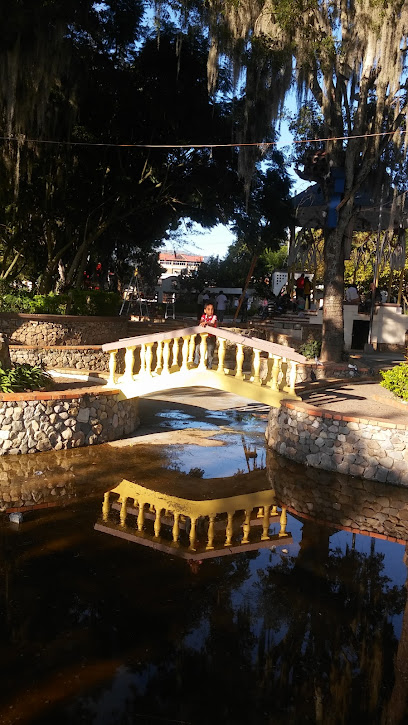
La Piedra Letrada
Discover the rich history and cultural significance of La Piedra Letrada, a captivating historical site in the Dominican Republic that tells tales of the past.
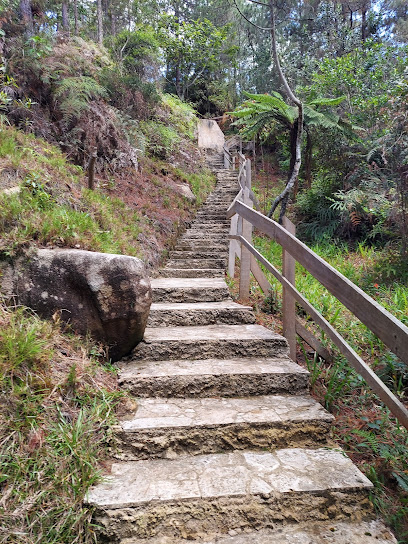
Festival de la Cosecha Constanza
Discover the colorful traditions and delicious flavors at the Festival de la Cosecha Constanza, a vibrant celebration of harvest and culture in the Dominican Republic.
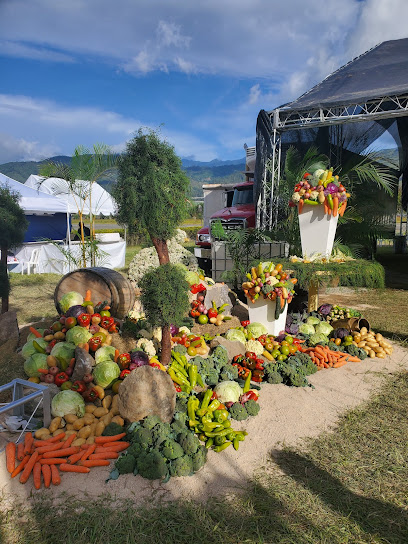
Constanza Hills
Explore the serene landscapes and breathtaking views of Constanza Hills, a perfect natural retreat in the heart of the Dominican Republic.
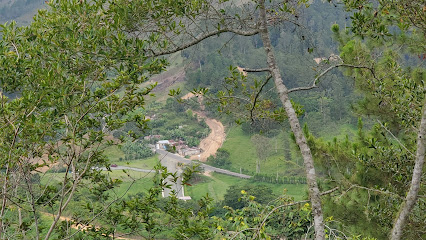
El Patio de Papi ️
Explore the serene beauty of El Patio de Papi, a lush garden oasis in Constanza, perfect for relaxation and nature appreciation.
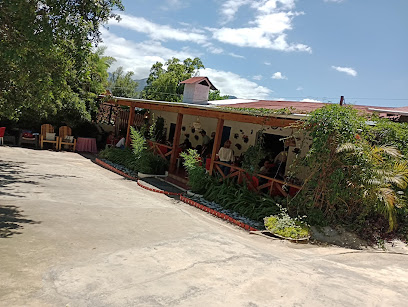
La casita de constanza
Experience the tranquility and natural beauty of La Casita de Constanza, a serene park perfect for relaxation and nature exploration in the Dominican Republic.
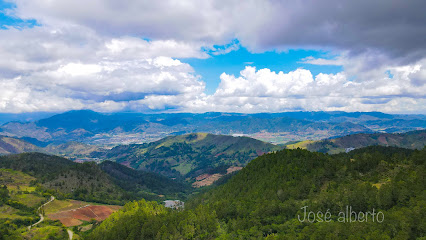
Doña Fresa
Experience the breathtaking landscapes and vibrant flora of Doña Fresa, a must-visit tourist attraction in Constanza, Dominican Republic.
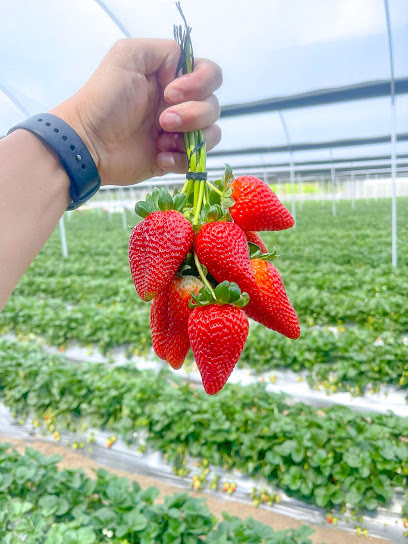
Junar Garden
Explore the tranquil beauty of Junar Garden in Constanza, a botanical paradise perfect for relaxation, photography, and nature appreciation.
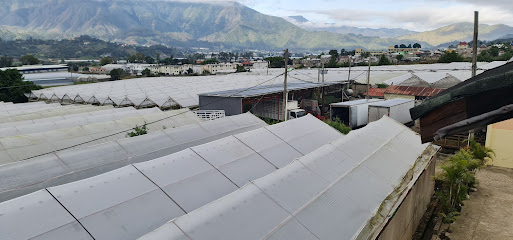
La Lomita de Camilo
Discover the enchanting beauty of La Lomita de Camilo, a serene garden in Constanza, perfect for nature lovers and tranquil getaways.
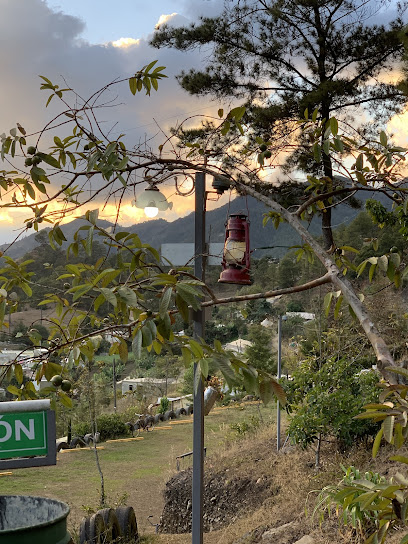
Letrero La Sabina
Explore Letrero La Sabina, a stunning tourist attraction in the heart of the Dominican Republic, where natural beauty meets vibrant local culture.
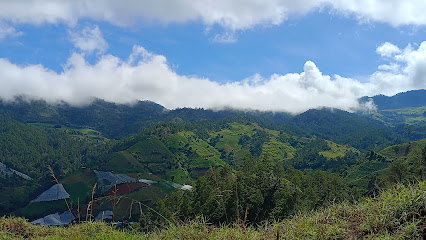
F R tours. Constanza
Experience the breathtaking hiking trails at F R Tours in Constanza, where nature's beauty and adventure await outdoor enthusiasts.
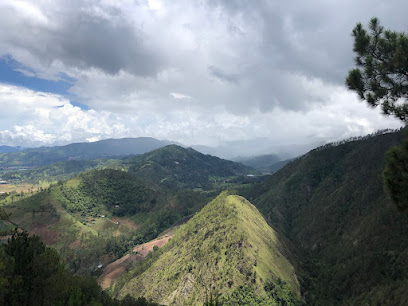
Campo Agrícola
Explore the stunning lush landscapes and agricultural beauty of Campo Agrícola, a must-visit tourist attraction in Constanza, Dominican Republic.
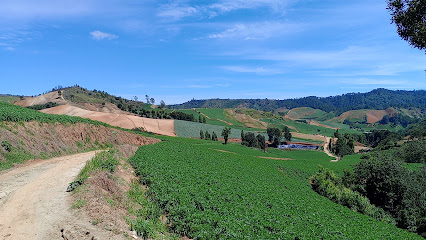
Essential places to dine
La Esquina GastroBar
Savor authentic Dominican flavors at La Esquina GastroBar in Constanza – where every dish tells a story.
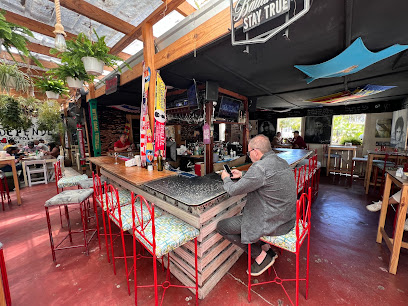
Moncarlo
Discover Moncarlo in Constanza: A culinary delight offering authentic Dominican flavors and international dishes in a vibrant setting.
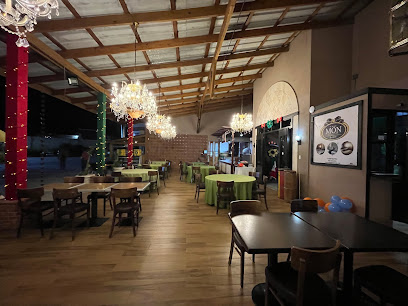
Restaurant Aguas Blancas
Experience authentic Dominican cuisine in Constanza at Restaurant Aguas Blancas - where flavor meets hospitality.
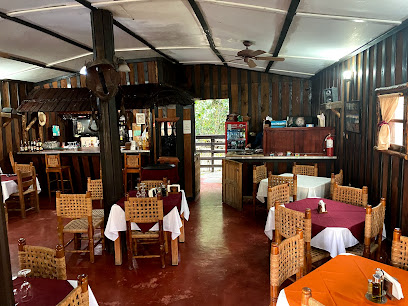
Comedor Luisa
Experience authentic Dominican cuisine at Comedor Luisa in Constanza – where flavor meets affordability.
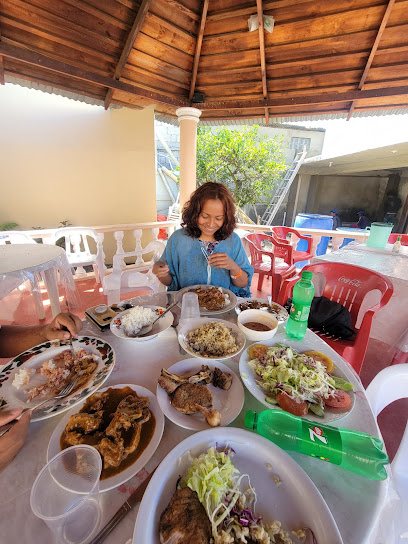
A Punto de Nieve, Postres y más
Discover delightful desserts at A Punto de Nieve in Constanza – where every treat is crafted with love and creativity.
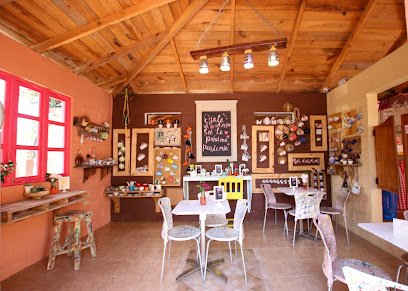
Flavors of the Valley
Experience authentic Dominican cuisine at Flavors of the Valley in Constanza – where every dish tells a story!
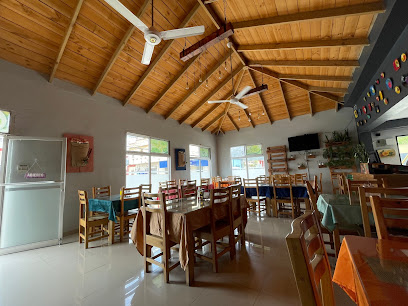
Antojitos D´ Lauren
Experience the vibrant flavors of pizza and Dominican cuisine at Antojitos D´ Lauren in Constanza - where every bite tells a story.
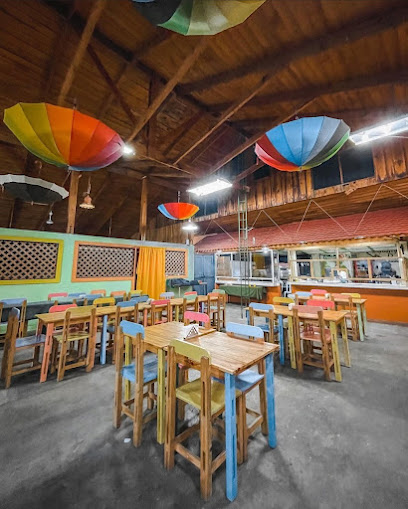
Dilenia Hotel
Experience authentic Dominican cuisine at Dilenia Hotel in Constanza - where every meal tells a story.
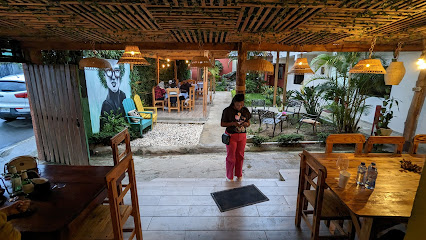
Lorenzos Restaurant
Experience the essence of local cuisine at Lorenzos Restaurant, where delicious hot pot dishes await in the heart of Constanza.

Hotel Nueva Suiza (Restaurant, Bar, Piscina)
Discover culinary delights and refreshing relaxation at Hotel Nueva Suiza in Constanza – where every meal is a celebration of local flavor.
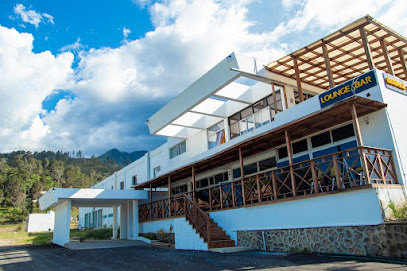
Odalis Grill srl
Experience authentic Dominican cuisine at Odalis Grill in Constanza – where flavor meets affordability in a vibrant setting.
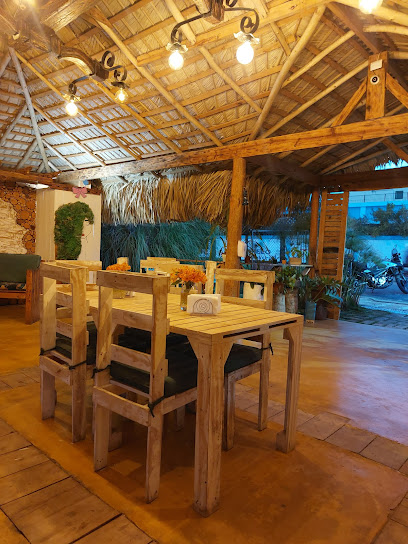
La Casa de Piedra RD Gastro Bar
Discover authentic Dominican flavors at La Casa de Piedra RD Gastro Bar - where every dish tells a story in Constanza.
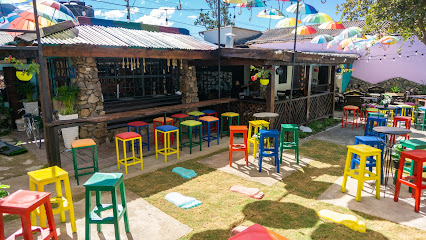
El Pilón
Discover El Pilón in Constanza: where authentic Dominican flavors meet warm hospitality in a vibrant setting.

Con Sabor Constanza
Discover the rich flavors of Dominican cuisine at Con Sabor Constanza – a must-visit grill and brunch spot in the heart of Constanza.
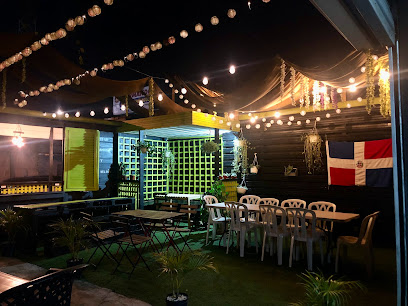
Restaurante Altocerro
Discover breathtaking views and authentic Dominican cuisine at Restaurante Altocerro - a must-visit dining destination in Constanza.
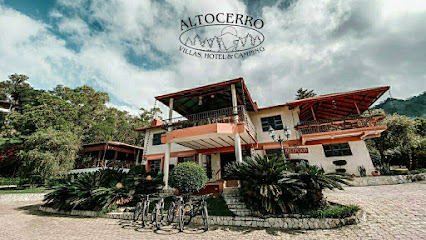
Markets, malls and hidden boutiques
Vocatus Constanza
Explore Vocatus Constanza for an exceptional selection of local and international liquors in the heart of the Dominican Republic.

Vegetales Suriel
Experience the vibrant local produce at Vegetales Suriel, a grocery store in Constanza offering fresh fruits and vegetables that capture the essence of Dominican flavors.

Lobos Sport
Discover the vibrant world of fashion at Lobos Sport in Constanza, where local trends meet unique styles in a welcoming atmosphere.

Mini Market Constanza, Sua Sua.
Explore local flavors at Mini Market Constanza, your go-to supermarket for fresh produce and authentic Dominican goods.
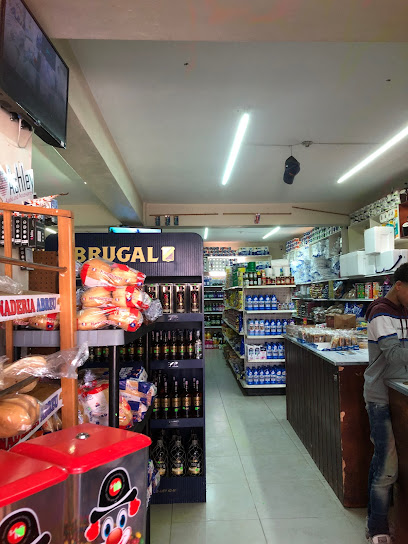
Facil Comercial, Constanza
Explore Facil Comercial in Constanza for a unique shopping experience, featuring a wide range of appliances and local charm.

Fernandez Garcia
Discover local flavors at Fernandez Garcia, the premier grocery store in Constanza, offering fresh produce and authentic Dominican products.
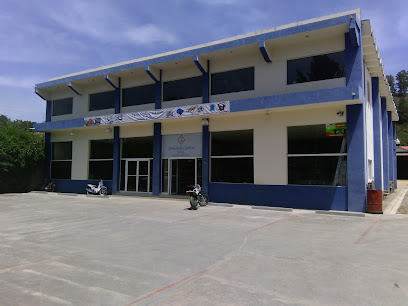
Mini Market Wassily
Explore the vibrant flavors and local products at Mini Market Wassily, a must-visit supermarket in the heart of Constanza, Dominican Republic.

Agricola Primavera de Constanza
Experience the best of local shopping at Agricola Primavera de Constanza, where quality meets convenience in the heart of Dominican Republic.
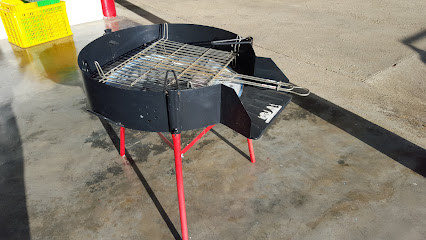
Mini Market La Española
Discover the local flavors and vibrant atmosphere at Mini Market La Española, a top supermarket destination in Constanza, Dominican Republic.

Miranjoh
Explore Miranjoh, the ultimate clothing store in Constanza for a stylish shopping experience that blends local flair with international trends.
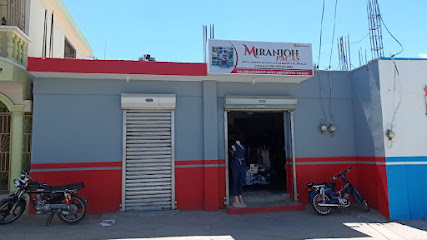
Yeshua Details
Explore Yeshua Details in Constanza for unique handmade crafts that reflect the rich cultural heritage of the Dominican Republic.

COLMADO NELLY
Explore the heart of Constanza at Colmado Nelly, your go-to grocery store for local delicacies and fresh produce in the Dominican Republic.

Tienda Belkis
Explore Tienda Belkis in Constanza for a blend of local and contemporary fashion in a welcoming atmosphere, perfect for tourists seeking unique styles.

Decoflor
Experience the enchanting world of flowers at Decoflor in Constanza, where beauty blossoms every day.
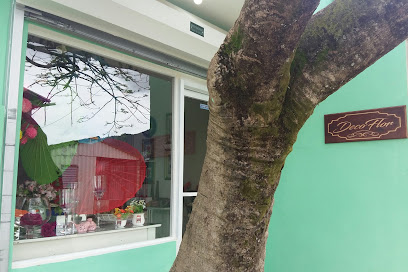
Casa victoriano
Discover the authentic flavors of Constanza at Casa Victoriano, your premier grocery store for local produce and Dominican delicacies.

Essential bars & hidden hideouts
La Esquina GastroBar
Savor the vibrant flavors of tapas at La Esquina GastroBar in Constanza, where delightful culinary experiences await every visitor.
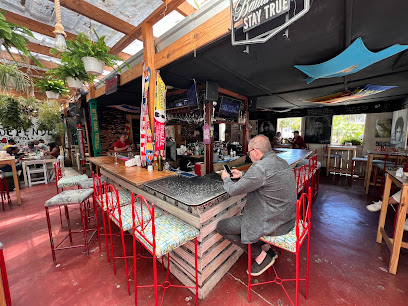
Frida Bar & Lounge
Experience the vibrant nightlife of Constanza at Frida Bar & Lounge, where expertly crafted cocktails and lively music await every visitor.
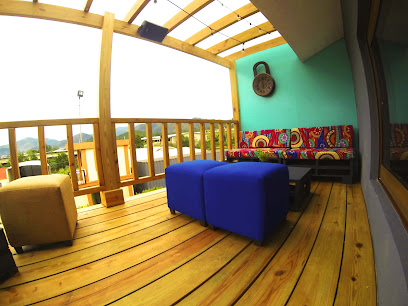
La Casa de Piedra RD Gastro Bar
Experience the best of Dominican cuisine and nightlife at La Casa de Piedra RD Gastro Bar in Constanza.
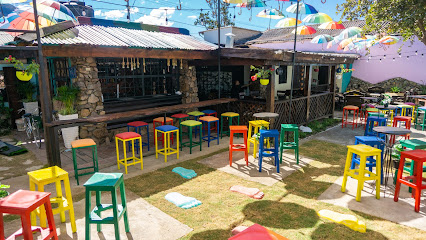
Vamo' al Drink
Experience the vibrant nightlife of Constanza at Vamo' al Drink, where friendly locals and tourists unwind with refreshing beverages.

Alcoholegio Cafe Bar
Experience the vibrant nightlife of Constanza at Alcoholegio Cafe Bar, where local drinks and lively ambiance await every traveler.

El Barril Constanza
Experience the vibrant nightlife at El Barril Constanza, where refreshing cocktails and a lively atmosphere await in the heart of the Dominican Republic.
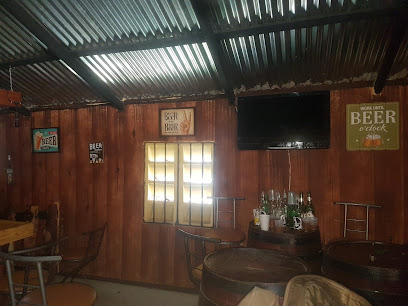
Sunrise Cafe Bar
Discover the lively Sunrise Cafe Bar in Constanza, the perfect blend of drinks, music, and nightlife for a memorable evening.
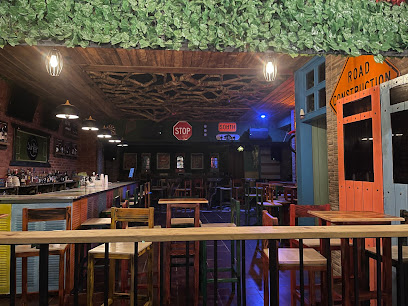
Kapioca Bar
Discover Kapioca Bar in Constanza, the perfect destination for refreshing cocktails and a vibrant nightlife atmosphere in the heart of the Dominican Republic.
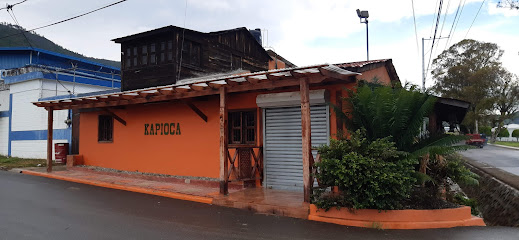
La Meta Carwash and Bar
Discover the unique charm of La Meta Carwash and Bar in Constanza, where refreshing drinks meet exceptional car care in a lively atmosphere.
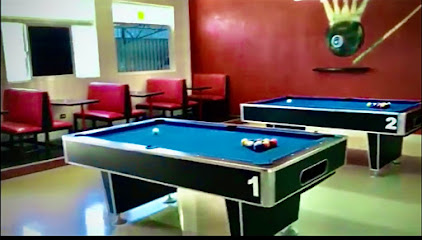
Toretto Bar & Music
Experience the vibrant nightlife of Constanza at Toretto Bar & Music, featuring live music, cocktails, and a lively atmosphere for every tourist.
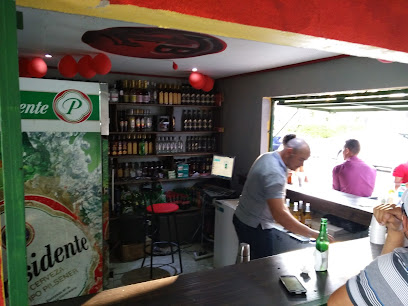
La Terraza Vip
Experience vibrant nightlife at La Terraza Vip in Constanza, a bar offering exquisite drinks and stunning views in a lively atmosphere.
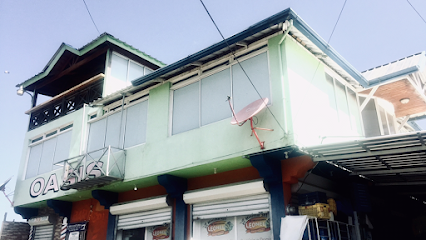
Mi Drink
Discover Mi Drink, a lively bar in Constanza offering a vibrant atmosphere and delicious local drinks, perfect for unwinding and socializing.

D' Anthony licor & Drink
Experience the vibrant nightlife and local drinks at D' Anthony Licor & Drink in Constanza, a perfect spot to unwind and socialize.

La Frescosa
Experience the vibrant atmosphere and local flavors at La Frescosa, the premier bar in Constanza, Dominican Republic.
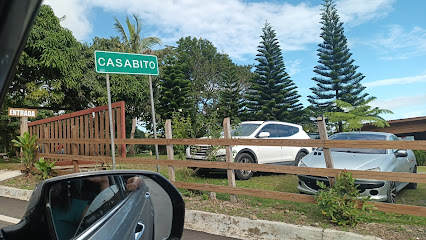
Bar la casa
Experience the vibrant local culture at Bar la casa in Constanza, a cozy bar offering delightful drinks and a friendly atmosphere.

History of Constanza
-
Before the arrival of Christopher Columbus, Constanza was inhabited by the Taíno people, who were part of a larger network of indigenous communities in the Caribbean. The Taíno were skilled agriculturalists, cultivating crops such as cassava, sweet potatoes, and corn. They also engaged in fishing and hunting, and their social structure was organized into a hierarchical system led by caciques (chiefs).
-
Following the arrival of the Spanish in the late 15th century, Constanza and its surrounding areas fell under Spanish colonial rule. The indigenous population suffered greatly due to diseases brought by the Europeans, as well as through forced labor. The Spanish introduced new agricultural practices and crops, which would later play a significant role in the region's economy.
-
Constanza played a role in the various independence movements that swept through Hispaniola in the 19th century. The region saw its fair share of skirmishes and battles as Dominican patriots fought against Spanish, French, and Haitian forces at different points in history. The rugged terrain of Constanza provided a strategic advantage for local fighters.
-
In the early 20th century, Constanza began to develop as a key agricultural hub, thanks to its fertile soil and favorable climate. The introduction of modern farming techniques led to the production of high-value crops such as strawberries, apples, and potatoes. This period also saw the construction of infrastructure, including roads and irrigation systems, which facilitated the region's agricultural boom.
-
During the dictatorship of Rafael Trujillo (1930-1961), Constanza was the site of several infrastructural projects aimed at modernizing the region. However, this period was also marked by political repression and human rights abuses. The town's strategic location made it a focal point for various military operations conducted by Trujillo's regime.
-
Constanza was affected by the civil war that erupted in the Dominican Republic in 1965, following the ousting of President Juan Bosch. The conflict saw loyalist forces clashing with constitutionalist rebels who supported Bosch's return to power. Constanza's mountainous terrain again played a strategic role in the military engagements during this period.
-
Today, Constanza is a vibrant town known for its agricultural production, eco-tourism, and rich cultural heritage. The region attracts visitors with its cool climate, scenic landscapes, and historical landmarks. Efforts have been made to preserve the town's historical sites and promote sustainable tourism practices, ensuring that the legacy of Constanza continues to thrive.
Constanza Essentials
-
Constanza is located in the central highlands of the Dominican Republic. The nearest major airport is Las Américas International Airport (SDQ) in Santo Domingo, approximately 150 kilometers away. From Santo Domingo, you can take a bus or rent a car to reach Constanza. The journey by road typically takes around 3 to 4 hours. Buses operated by Caribe Tours and Metro Bus offer regular services to Constanza. Alternatively, you can arrange for a private transfer for a more comfortable ride.
-
Constanza is a relatively small town, and many of its attractions are within walking distance. Local taxis and motoconchos (motorcycle taxis) are readily available for short trips within the town. For exploring the surrounding areas, renting a car can be a convenient option. Public buses and minibuses (known as guaguas) operate within Constanza and connect to nearby villages. Be aware that road conditions can vary, so drive carefully.
-
The official currency in the Dominican Republic is the Dominican Peso (DOP). Credit cards are accepted in most hotels, restaurants, and larger shops in Constanza, but it is advisable to carry cash, especially in smaller establishments and rural areas. ATMs are available in Constanza, but it is wise to withdraw sufficient cash before traveling to ensure you have enough funds for your stay.
-
Constanza is generally a safe destination for tourists. However, like any travel destination, it is advisable to take standard precautions. Avoid walking alone at night in unfamiliar areas and keep an eye on your belongings in crowded places. While Constanza does not have specific high-crime areas targeting tourists, it is always best to stay vigilant and aware of your surroundings. Petty theft and pickpocketing can occur, so keep your valuables secure.
-
In case of emergency, dial 911 for immediate assistance. Constanza has a local police station and medical facilities. It is recommended to have travel insurance that covers medical emergencies. For minor health issues, there are pharmacies in the town where you can purchase over-the-counter medications. The nearest hospital is the Hospital Dr. Pedro Antonio Céspedes, which offers basic medical services.
-
Fashion: Do dress modestly, especially when visiting religious sites. Avoid wearing revealing clothing. Religion: Do respect local customs and traditions. Always dress appropriately when entering churches. Public Transport: Do be respectful and give up your seat to elderly passengers. Don't eat or drink on public transport. Greetings: Do greet people with a handshake. A slight nod of the head is also a sign of respect. Eating & Drinking: Do try local delicacies and accept food offerings graciously. Don't refuse hospitality, as it is considered impolite.
-
To experience Constanza like a local, visit the local markets where you can buy fresh produce and traditional Dominican goods. Engage with locals, as they are often friendly and willing to share stories about the town's history and culture. Don't miss the opportunity to explore the beautiful Valle Nuevo National Park and the Aguas Blancas waterfall, one of the highest in the Caribbean. For a unique experience, try the locally grown strawberries and other fresh fruits that Constanza is famous for.
Trending Landmarks in Constanza
-
Anacaona Park
-
Monument Divine Child
-
Altocerro Villas, Hotel & Camping
-
Valle Nuevo National Park
-
Salto de Aguas Blancas
-
Pyramids of Valle Nuevo
-
Alto de la Virgen de La Altagracia, Casabito
-
Salto Jimenoa Two
-
Hotel Rancho Constanza
-
Mirador Constanza
-
Fresas Ariyama
-
Divino Niño Constanza
-
House La Fuente
-
Ebano Verde Scientific Reserve
-
Duarte Park
Nearby Cities to Constanza
-
Things To Do in Puerto Plata
-
Things To Do in Santo Domingo
-
Things To Do in Hinche
-
Things To Do in Samana
-
Things To Do in Port-au-Prince
-
Things To Do in Petionville
-
Things To Do in Cap-Haïtien
-
Things To Do in La Romana
-
Things To Do in Jacmel
-
Things To Do in Saint-Marc
-
Things To Do in Bayahibe
-
Things To Do in Gonaïves
-
Things To Do in Punta Cana
-
Things To Do in Salt Cay
-
Things To Do in Cockburn Town






